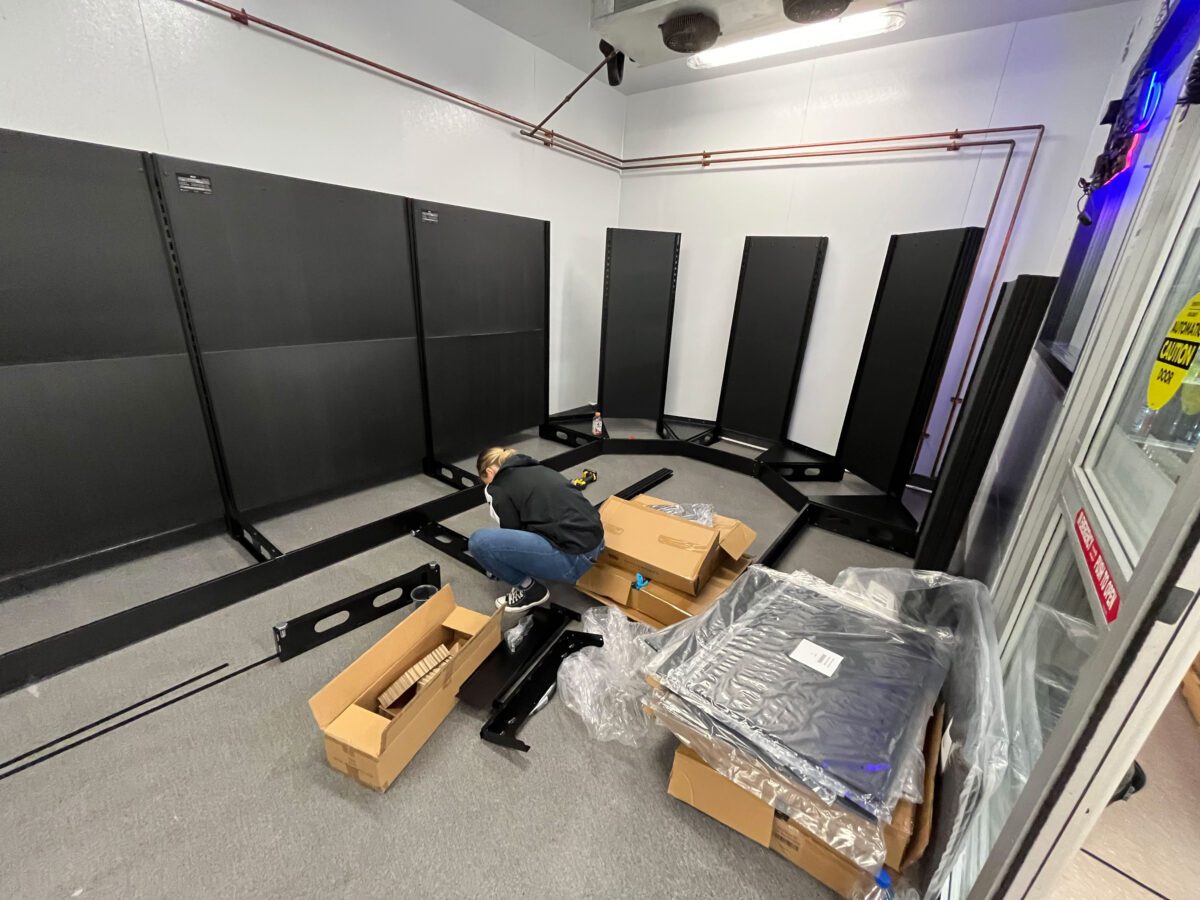
Retailers may struggle in determining how to get the best value out of a particular display program. Cost and implementation calculations can require some work, but one fact is clear. The faster a display can get in-store, get set up and start selling, the better the program’s performance and ROI. So it’s critically important to know the secrets to avoiding setup issues, compliance problems and lost sales.
See Retail Displays as an Investment
Consumer research points to roughly 76% of all purchase decisions being made in-store, with 68% of those in-store purchases driven by impulse. Getting a display program up and selling quickly is key to driving return on display investments. Every missed setup is lost sales and wasted display dollars.
Avoid Retail Display Set-Up Issues
Investing in new retail display shelves doesn’t stop at the design and purchase stage. The best product still won’t generate revenue sitting on a loading dock. When making display decisions, be sure to factor in installation support as well.
Consider Tools & Standards
Always ask if specific tools or special skills are needed. This is where different fabrication styles will matter. Make sure your retail display partner understands the skill level of the assembler. Similarly, be sure to factor in retailer standards and style guides when making purchase decisions. The best display partners will be familiar with those standards and in a position to guide clients appropriately.
Determine Assembly Location
Budget-conscious display decisions also should consider the tradeoffs of plant labor vs retail floor labor. Fully assembled displays tend to be larger and more costly to ship than knock-down-flat items the store has to assembly. However, a retailer may be better off doing more assembly operations in manufacturing than asking for one or more stores to complete the assembly.
Ask Key Questions to Increase ROI
Finally, it pays off to carefully consider how a display will get to the store and how it will get set up. The following questions should help guide conversations with supply partners and team members. Properly posing and answering these questions in advance should be built into the discovery, engineering and fulfillment processes of any display project.
1. Where and when will the display be assembled?
Think about specifics: on an endcap, but which endcap? On a specific date? Often, displays that work well in one channel may not translate to another.
2. Who can and will do the display set-up?
Display brokers, retail associates, and brand team members all have different priorities and skill levels. Think about using a third party, especially if a project is complex or if timing is critical.
3. How much assembly can be done in store?
Sliding a retail display out of a carton, installing a fully assembled endcap, and setting up a carry-in floor stand, all have different requirements. Are tools required and supplied? How complex is the planogram?
4. How will assembly questions get answered?
Is there a retail display hotline for support? Will your display partner field any calls from retailers? Are instructions available online?
5. What are the product support expectations?
Are there extra displays for damaged shipments? How long will the displays be in market? Do you need a spare parts program?
Try Out These Ideas Today